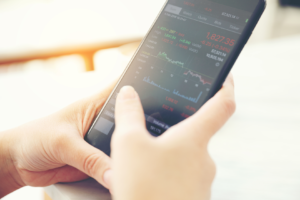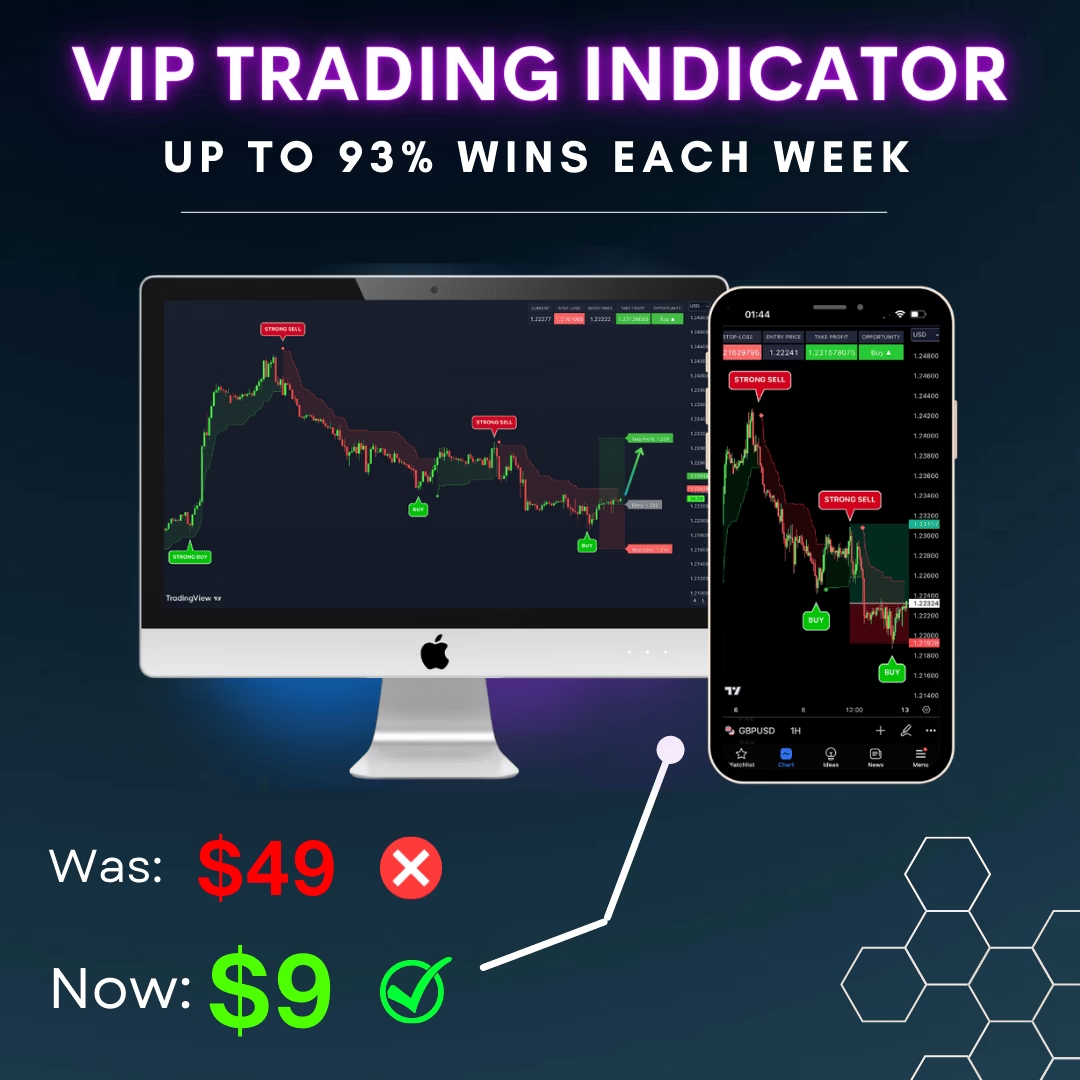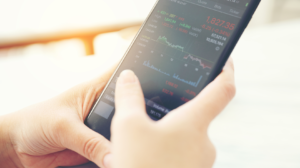If you’re looking for a way to make quick profits in the world of trading, spot trading might just be your answer. Spot trading is a type of trading where financial instruments like stocks, currencies, commodities, and cryptocurrencies are bought and sold for immediate delivery. Unlike other types of trading, it doesn’t involve contracts or futures. This means you can start trading right away without having to wait for expiration dates.
With its fast-paced nature and potential for high returns, spot trading has become very popular in recent years. However, it’s important to note that although it is less risky than other methods of trading there are still risks you need to be aware of. In this guide, we’ll take a deep dive into the world of spot trading, exploring its benefits, risks, and everything you need to know to get started. Whether you’re a seasoned trader or a beginner, this guide will equip you with the knowledge you need to succeed in spot trading.
Noteworthy Advantages
One of the biggest advantages of spot trading is its speed. With spot trading, you can buy and sell financial instruments almost instantly, allowing you to take advantage of market trends as they happen. This is in contrast to other types of trading, like futures or options trading, where you have to wait for expiration dates or settlement periods.
Another advantage of spot trading is its simplicity. Unlike futures or options trading, spot trading doesn’t involve complicated contracts or derivatives. Making it easier to understand and execute, especially for beginners.
Spot trading also has the potential for high returns. Because of its fast-paced nature, you can quickly capitalize on market trends and make profits in a short amount of time. Of course, this also means that there is a higher level of risk involved, which we’ll discuss in more detail later.
Trading Spot vs. Other Types of Trading
While spot trading has its advantages, it’s important to understand how it compares to other types of trading. Futures trading, for example, involves buying and selling contracts that obligate the buyer to purchase an underlying asset at a specified price and date. Options trading, on the other hand, gives the buyer the right, but not the obligation, to buy or sell an underlying asset at a specified price and date.
Compared to these types of trading, spot trading is more straightforward. You’re simply buying and selling the underlying asset for immediate delivery. This means you don’t have to worry about expiration dates or settlement periods, making it a more flexible and efficient way to trade.
However, because spot trading doesn’t involve contracts or derivatives, it can be more difficult to hedge against risk. In futures or options trading, you can use these instruments to offset potential losses. With spot trading, you’re exposed to the full risk of the underlying asset, which we’ll discuss in more detail in the next section.
Understanding Market Analysis for Trading Spot
To succeed in spot trading, it’s important to have a good understanding of market analysis. This involves analyzing market trends and using this information to make informed trading decisions.
There are two main types of market analysis: technical analysis and fundamental analysis. Technical analysis involves analyzing charts and other technical indicators to identify patterns and trends. Fundamental analysis, on the other hand, involves analyzing economic and financial data to determine the underlying value of the asset.
Both types of analysis can be useful in spot trading. Technical analysis can help you identify short-term trends and make quick trades, while fundamental analysis can help you identify the long-term value of the asset.
It’s also important to stay up-to-date with market news and events that can affect the underlying asset. This includes things like economic data releases, geopolitical events, and company earnings reports.
Risk Management in Spot Trading
As with any type of trading, spot trading comes with its own set of risks. One of the biggest risks is market volatility. Because spot trading involves buying and selling assets for immediate delivery, you’re exposed to the full risk of the underlying asset. This means that if the price of the asset suddenly drops, you could face significant losses.
To manage this risk, it’s important to use risk management strategies. One common strategy is to use stop-loss orders, which automatically sell your position if the price of the asset drops below a certain level. This helps limit your potential losses.
It’s also important to diversify your portfolio. By investing in a variety of assets, you can spread your risk and reduce the impact of any single asset’s performance.
Common Mistakes and How to Avoid Them
One of the biggest mistakes that traders make in spot trading is over-trading. Because spot trading is fast-paced and exciting, it can be tempting to make a lot of trades in a short amount of time. However, this can lead to poor decision-making and unnecessary losses.
Another common mistake is not using proper risk management strategies. As we discussed earlier, it’s important to use stop-loss orders and diversify your portfolio to manage risk.
Finally, it’s important to avoid letting emotions drive your trading decisions. Fear and greed can lead to impulsive trades and poor decision-making. Instead, focus on using market analysis and risk management strategies to make informed decisions.
Strategies
There are a variety of strategies that traders use in spot trading. One popular strategy is trend following, which involves identifying trends in the market and trading in the direction of those trends. Another strategy is range trading, which involves buying when the price of the asset is low and selling when it’s high.
It’s important to find a strategy that works for you and your trading style. This may involve experimenting with different strategies and adjusting your approach based on market conditions.
Top Platforms for Trading
There are a variety of spot trading platforms available, each with its own set of features and benefits. Some of the top platforms include Coinbase, Binance, and Kraken for cryptocurrencies, E-Trade, TD Ameritrade, and Fidelity for stocks.
When choosing a platform, it’s important to consider factors like fees, user interface, and security. It’s also a good idea to read reviews and do your research to find a platform that meets your needs.
Tools and Resources
To succeed in spot trading, it’s important to have access to the right tools and resources. This includes things like market analysis software, news feeds, and educational resources.
There are a variety of free and paid tools available online, including TradingView, Finviz, and Yahoo Finance. Many trading platforms also offer their own set of tools and resources.
It’s also a good idea to read books and attend seminars and webinars to improve your trading skills and stay up-to-date on the latest trends and strategies.
Conclusion: Is Spot Trading Right for You?
Spot trading can be a fast-paced and exciting way to make profits in the world of trading. However, it’s important to understand the risks involved and use proper risk management strategies.
If you’re interested in spot trading, it’s a good idea to start small and experiment with different strategies and approaches. As you gain experience and confidence, you can gradually increase your investments and take advantage of the potential for high returns.
Remember to stay informed and up-to-date on market trends and news, and always use proper risk management strategies to protect your investments. With the right approach and mindset, spot trading can be a profitable and rewarding way to invest your money.
I hope you found the information in this post useful and I hope it will help you reach your financial goals. For more information on money matters, check my section Money











